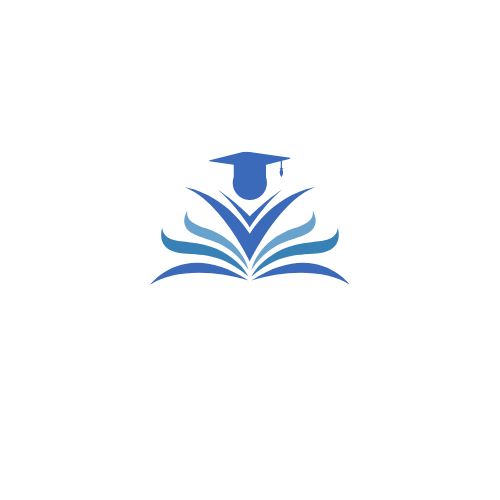The Pivotal Role of Phlebotomists: Navigating the Veins of Healthcare
In the intricate anatomy of the healthcare industry, a phlebotomist occupies a critical role. This skilled professional's work may seem straightforward—drawing blood. However, a closer look reveals the essential part they play in diagnosing illnesses, monitoring health, and even saving lives.
What is a Phlebotomist?
A phlebotomist is a healthcare professional trained in venipuncture, the process of drawing blood from a patient's veins. This blood is used for laboratory testing, blood transfusions, research, or blood donations. Phlebotomists are often the link between the patient and the lab, playing a significant role in the healthcare team.
The role of a phlebotomist extends beyond blood draw. They are responsible for correctly identifying patients, explaining blood draw procedures, ensuring the proper handling and storage of blood samples, and maintaining patient records. Phlebotomists also prioritize patient safety and comfort, making the blood draw process as smooth and painless as possible.
The Path to Becoming a Phlebotomist
To become a phlebotomist, one must complete a phlebotomy training program, usually offered through community colleges or vocational schools. These programs, which typically last from one semester to a year, include both classroom instruction and practical training. Coursework generally covers anatomy, physiology, proper blood collection techniques, and safety protocols.
After completing their training, aspiring phlebotomists must pass a certification exam from a recognized national organization. Though certification requirements vary by state, becoming a certified phlebotomist can increase job prospects and credibility in the field.
Why Become a Phlebotomist?
Becoming a phlebotomist presents many benefits, making it an appealing career choice for those interested in healthcare. Here are some compelling reasons to consider this profession:
1. Essential Contribution: Phlebotomists play a pivotal role in healthcare. The blood samples they collect aid in diagnosing illnesses, determining treatment plans, and monitoring health conditions, making their work essential to patient care.
2. Quick Entry to Healthcare: Phlebotomy programs are relatively short compared to other healthcare training programs, allowing for quick entry into the medical field. This makes phlebotomy an excellent starting point for those interested in healthcare careers.
3. Job Stability and Demand: According to the Bureau of Labor Statistics, the job outlook for phlebotomists is projected to grow 17% from 2019 to 2029, much faster than the average for all occupations. This growth is due to the constant need for blood tests, especially as the population ages.
4. Variety of Work Environments: Phlebotomists can work in diverse settings, including hospitals, diagnostic laboratories, blood donor centers, and doctors' offices. This variety keeps the work engaging and offers different experiences.
5. Stepping Stone for Further Career Advancement: The experience gained as a phlebotomist can serve as a foundation for advancement in the medical field. Many phlebotomists further their education to become nurses, medical technologists, or other healthcare professionals.
In conclusion, being a phlebotomist is a rewarding and crucial role in healthcare. Though the task of drawing blood may seem simple, the impact of a phlebotomist's work is significant. As a phlebotomist, you contribute to patient care, help diagnose diseases, and serve as a comforting presence for patients who may find the process daunting. The path to becoming a phlebotomist is both engaging and rewarding, offering opportunities for personal growth and the satisfaction of making a difference.
